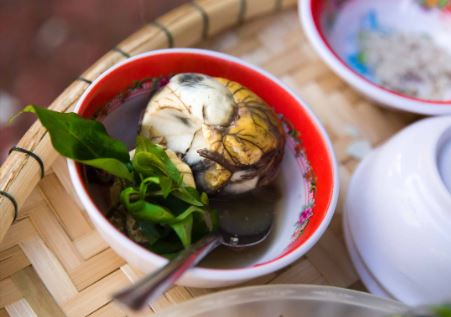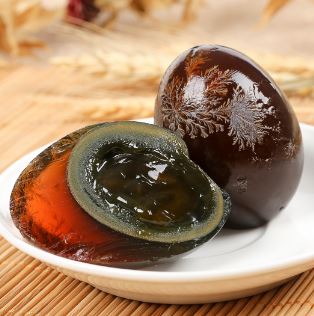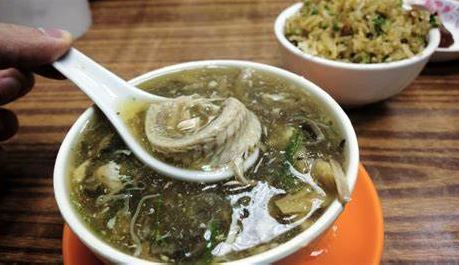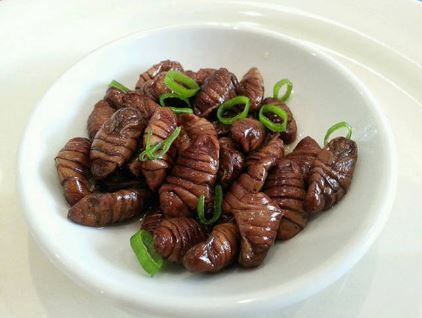1. Deep Fried Spiders
Tarantulas, more especially those of the genus Haplopelma albostriatum, are usually the spiders utilized in this recipe. After being washed, these spiders are seasoned with a blend of sugar, salt, and MSG, and they are deep-fried until they become crispy. The meal is regarded as a local specialty and is well-liked in Cambodian street markets.
Though some may find it strange, deep-fried spiders have become popular as a novelty food and a way for vendors to make money. Their crunchy texture and flavor, which blends chicken and crab flavors, draw in both locals and daring tourists. It’s crucial to remember that this type of cooking is unique to some areas of the world and is not often used or accepted as a meal.

2. Balut
It is the Philippines, not China, where the delicacy balut originated. It is a partially grown embryo inside a fertilized duck egg that is boiled and eaten right out of the shell. The embryo is usually 17 days old. Because the embryonic duck was wrapped in the egg, the word “balut” comes from the Filipino word meaning “wrapped”. Balut, which is commonly regarded as street cuisine, is distinguished by its unique flavor and texture, which combines salty and somewhat sweet flavors with different levels of crunchiness and tenderness. Balut, which is frequently consumed with a dash of salt or dipped in vinegar, has cultural importance and is regarded as a healthy protein source. Despite its widespread appeal, individuals who are unfamiliar with its distinct qualities may find it to be an acquired taste.

3. Century Eggs
A Chinese delicacy known as century eggs, or preserved eggs, are made by preserving duck, chicken, or quail eggs for several weeks or months in a solution including clay, ash, salt, quicklime, and rice straw. It takes less than a century, despite the moniker. The egg’s texture is altered by the preservation; the yolk becomes a rich, flavorful treat and the white becomes a translucent jelly. Centuries eggs are prized for their distinct flavor and are frequently used in salads and congee, among other cuisines. Century eggs are creamy and have distinct textures. Their flavor is a unique combination of sweet, salty, and ammoniacal undertones. They have a taste that combines ammoniacal, salty, and sweetness. Century eggs are a prized delicacy in Chinese and Asian cuisines, despite their unconventionality.

4. Snake Soup
A popular traditional Chinese cuisine in Hong Kong, snake soup is produced by boiling snake flesh with various seasonings. The meat, which is frequently from poisonous snakes, is prized for its purported capacity to warm the body and is thought by some to have therapeutic qualities. To improve flavor, the soup usually contains chicken, mushrooms, and fragrant herbs. The dish’s flavor is complex, blending the rich broth’s flavor with that of the snake meat. Though consumption of snake soup is associated with health advantages, it is still regarded as a winter delicacy. However, due to conservation concerns and shifting culinary tastes, its popularity has decreased.

5. Silkworm Pupa
Silkworm pupa is a traditional and popular dish in some Asian countries, particularly in China and Korea. The pupae are harvested during the silkworm life cycle, usually when they are in the cocoon stage. Silkworm pupae are boiled or steamed and then often seasoned or stir-fried with various spices and flavors. They are known for their nutty and slightly sweet taste, with a texture that can be crunchy on the outside and creamy on the inside. Silkworm pupa is considered a good source of protein and is enjoyed as a snack or appetizer. While it may be an acquired taste for some, it holds cultural significance in certain regions where it is consumed.


